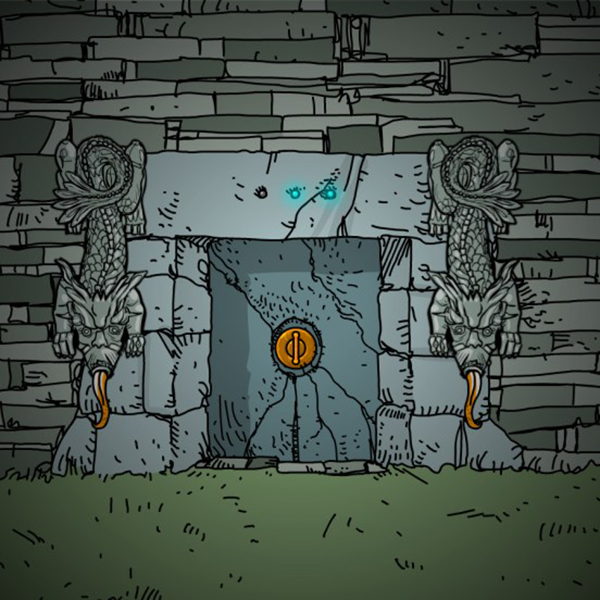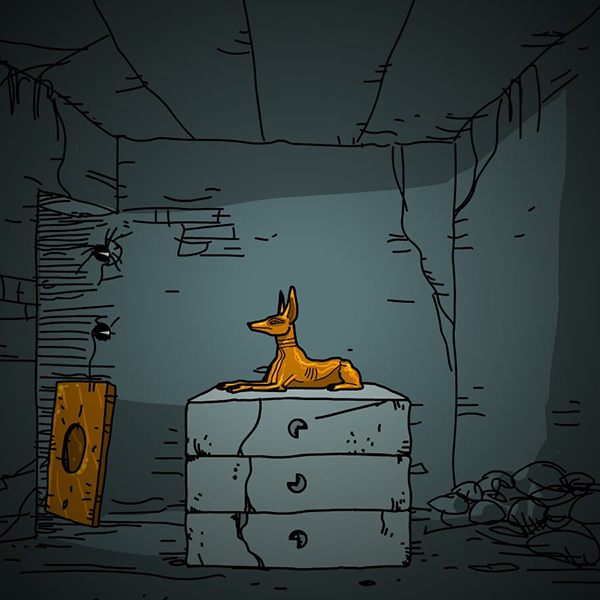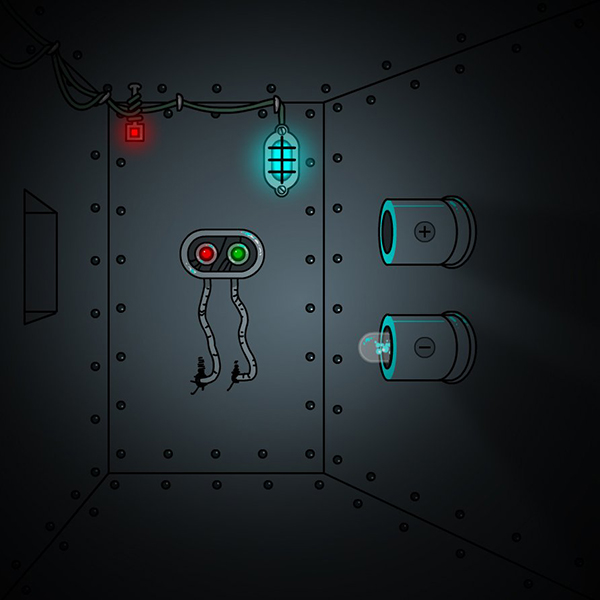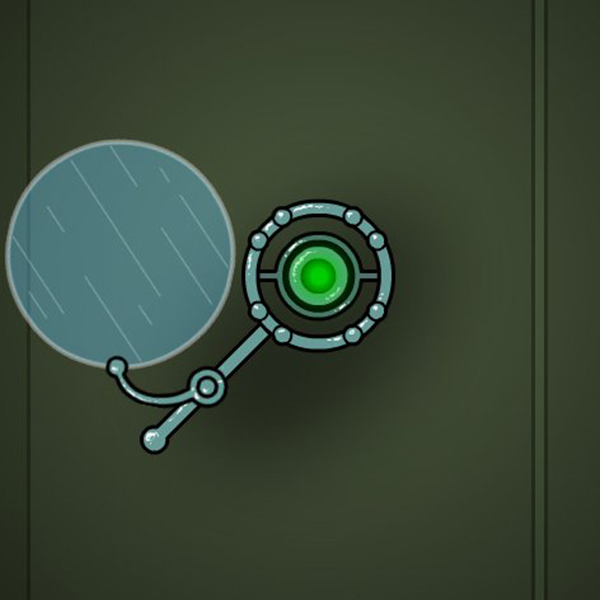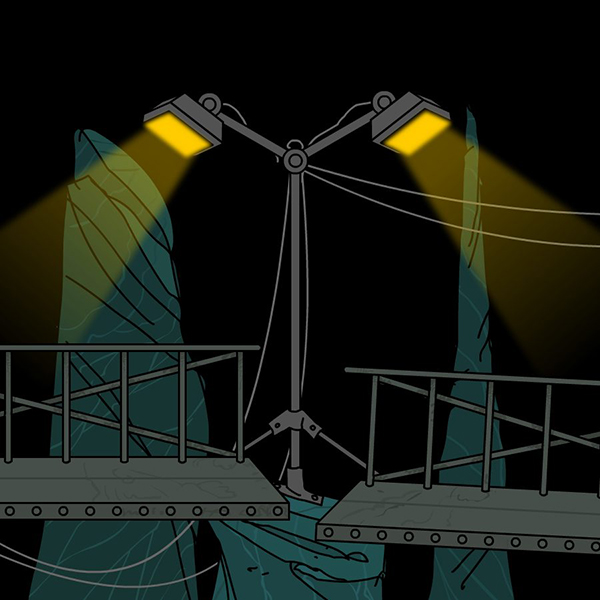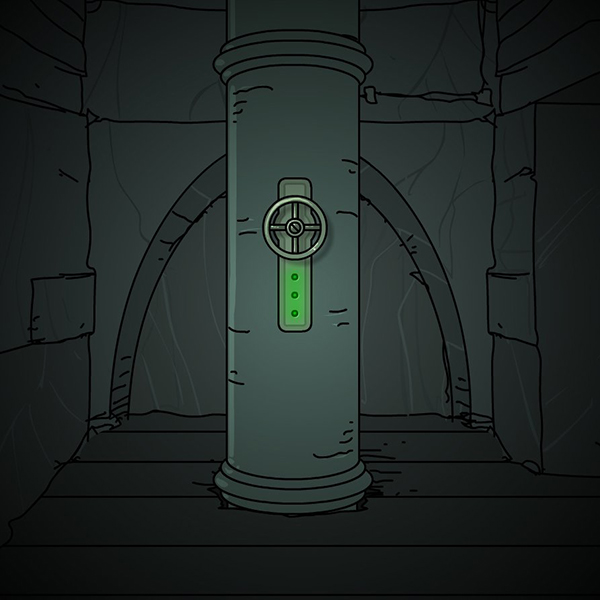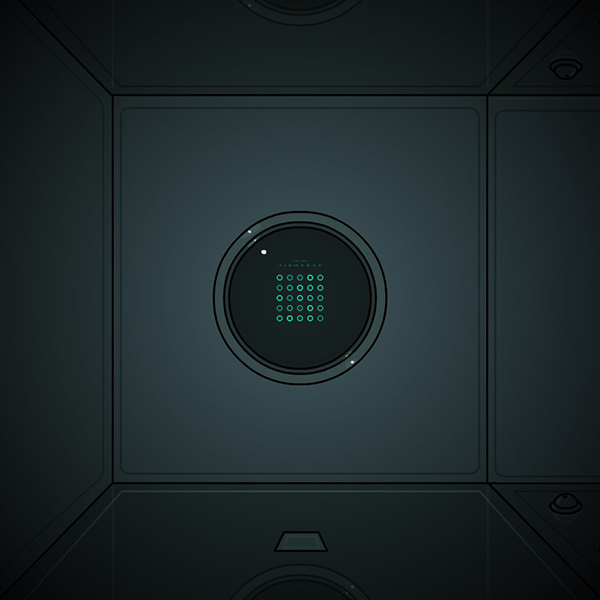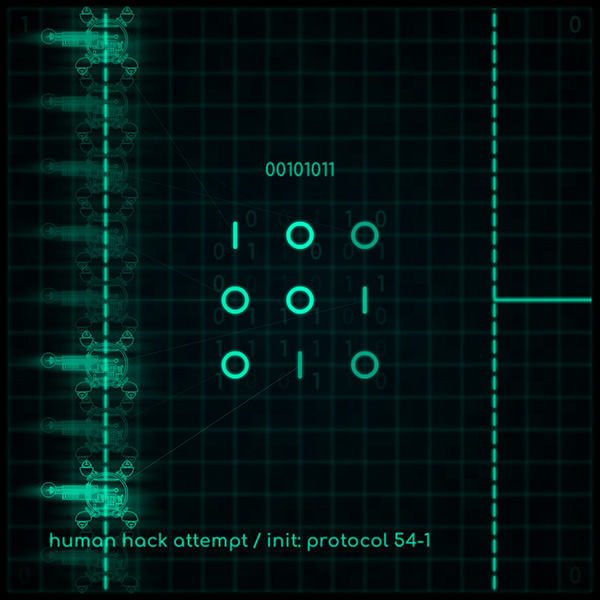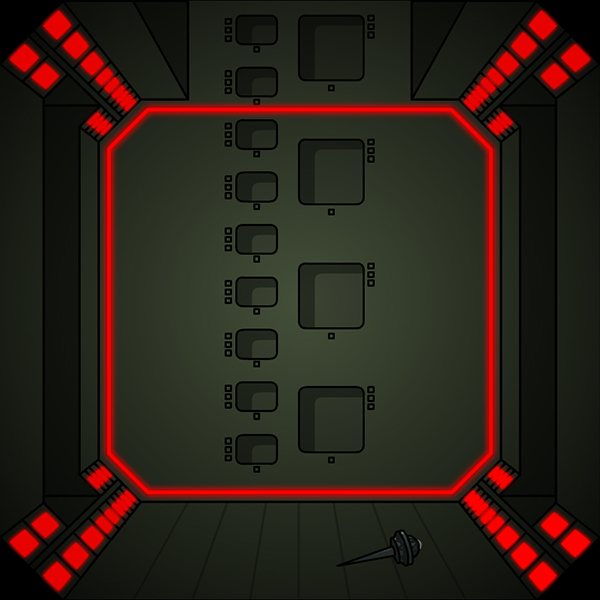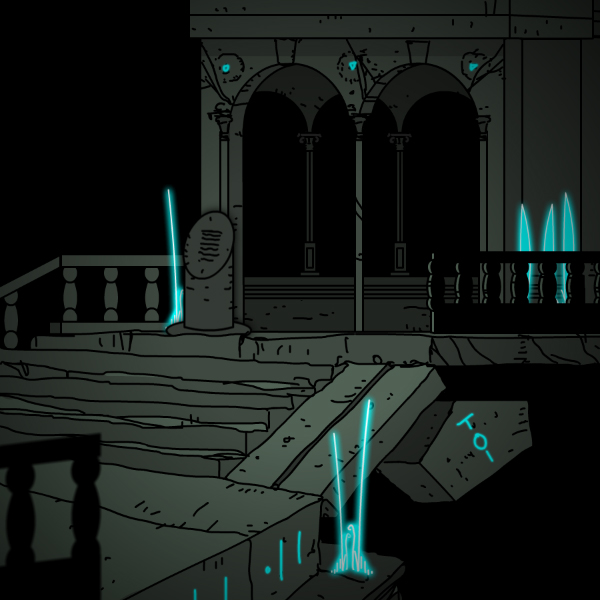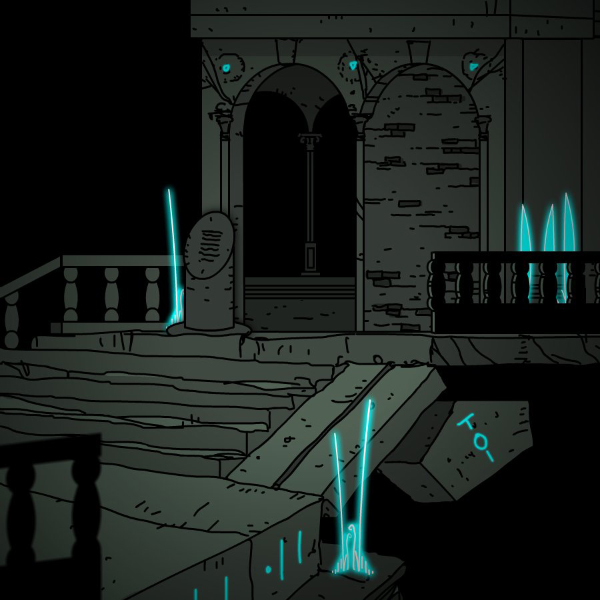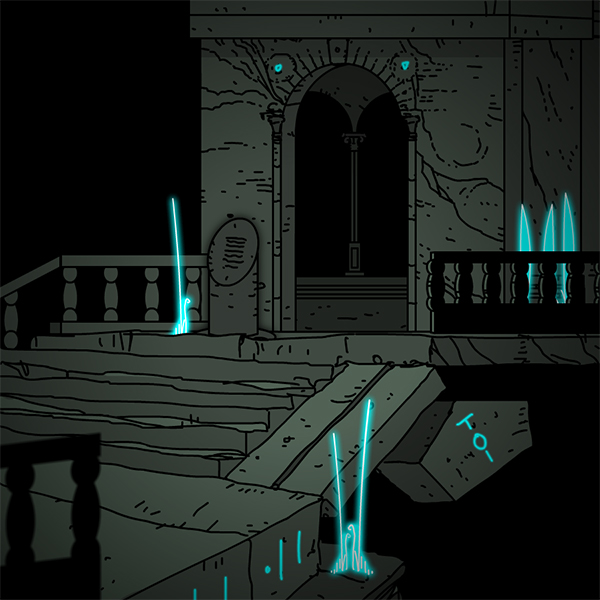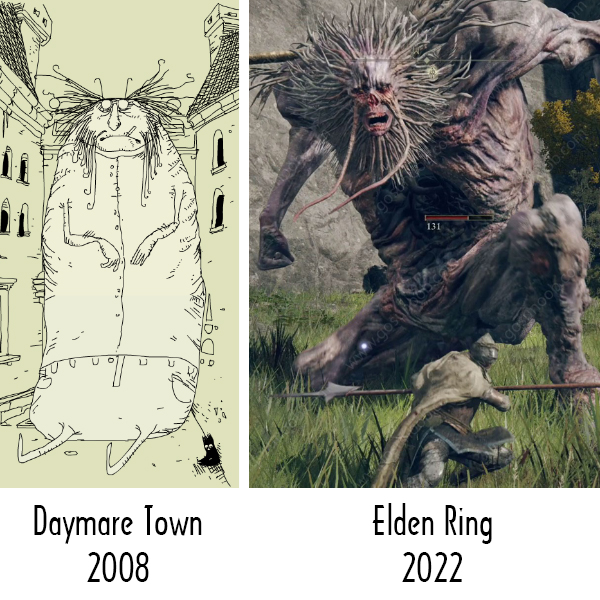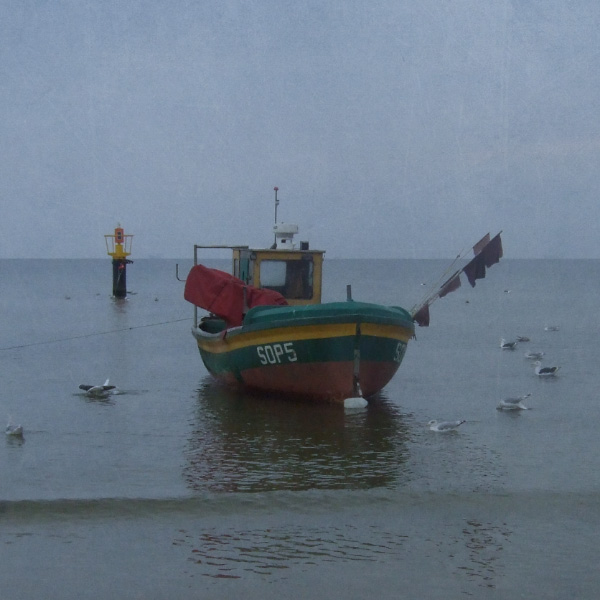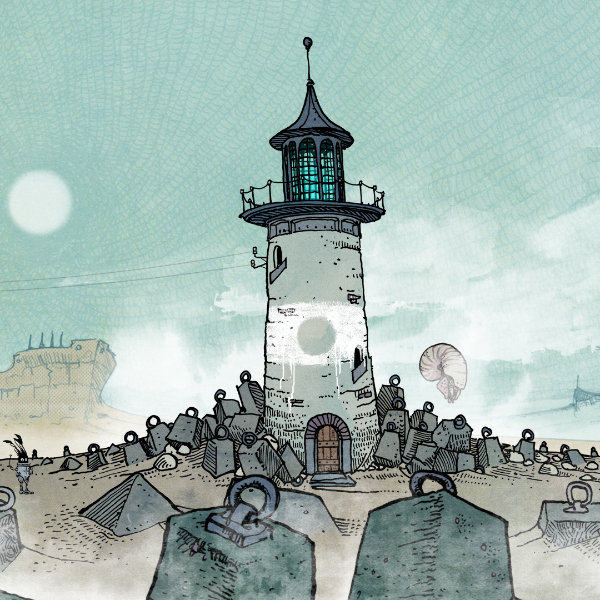Slice of Sea review on Doredel
October 23, 2022
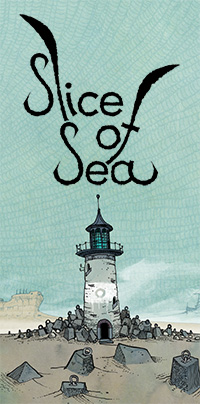 Матеуш Скутник – польский художник и разработчик игр. Про художественную часть его карьеры я не знаю ничего, но игры меня однозначно зацепили. Сперва я не находила в них ничего примечательного, но потом…
Матеуш Скутник – польский художник и разработчик игр. Про художественную часть его карьеры я не знаю ничего, но игры меня однозначно зацепили. Сперва я не находила в них ничего примечательного, но потом…
Проведя очень много времени за играми серии Submachine, я не могла не увидеть эволюцию игрового процесса и головоломок в них. То, что началось как обычный квест про выход из комнаты очень быстро выросло в громадную вселенную со своей странной историей и множеством загадок. Нельзя было не подписаться на такого человека в твиттере. И подписка эта принесла плоды, ведь иначе я неизвестно когда узнала бы о его новом проекте, Slice of Sea.
Игра непременно стоит внимания! Это point-and-click адвенчура старой школы, в хорошем смысле, но не без проблем, связанных с форматом. SoS целиком состоит из подбирания предметов в одном месте и использования их в другом. Комбинировать вещи друг с другом не требуется, но того что есть вполне достаточно, чтобы перегрузить вашу память необходимыми для прохождения нюансами.
Майндмеп для прохождения игры требуется воистину гигантский. Активных предметов в игре очень много и вам всегда нужно запоминать где и что вы видели. Лучше – записывать. Пустая чаша среди нескольких полных – записываем. Несколько странных фигур на стене – записываем. Все записываем. Если лень – запоминаем. Если не можем – смотрим прохождение. Четвертого не дано. За время прохождения вы соберете под сотню различных предметов, некоторые из которых в нескольких экземплярах. Многие из них вы подберете где-то в начале игры, а понадобятся они только к ее окончанию. Часть предметов не нужны вообще ни для чего… почти.
Может показаться, что игра требует очень много брутфорса, но это не совсем правда. Действительно, некоторые головоломки имеют очень странное решение. Но чаще всего SoS довольно эксплицитно показывает вам, что нужно сделать. Вот какая-то штука на земле. К ней ведут провода. Часть проводов светится, часть — нет. Понятно что делать. Или вот какая-то надпись, и вот в другом месте такая же надпись. Они не могут быть не связаны, надо записать. Большая часть головоломок в игре построены именно таким образом и их невероятно интересно решать. Стоит разгадать одну, как в вознаграждение вы получаете предмет для решения другой. Игра полна микродостижений и остановиться, не пройдя ее целиком, очень трудно. Если бы не одно но. Не все головоломки в игре построены столь изящным и логичным образом.
Иногда случается такое, что вы находите какую-то лутинку и для того чтобы найти место для ее применения вам потребуется обойти весь мир игры целиком. Несколько раз. Потому что ну кто мог подумать, что вон тот сундук – на самом деле интерактивный элемент? На экране порой мельтешит столько деталей, что какую-нибудь дверцу можно и не найти. А за ней ключевой предмет. И я еще не говорю про миниатюрные собиралки, которые специально спрятаны так, чтобы вам трудно было их заметить. Другими словами, SoS страдает от очень специфических проблем, которых не было даже в старых квестах. Ведь в них часть мира часто отсекалась за ненадобностью. Огромный же мир Slice of Sea всегда полон загадок в каждой своей части и никогда не ведет игрока за ручку, подсказывая ему, куда нужно сейчас идти. Более того, она не подсказывает даже что куда-то можно идти. Некоторые тупики лишь кажутся таковыми. Попытка минимизации графического интерфейса сама по себе похвальна, но не играет игре на руку.
Самой главной проблемой в прохождении игры чаще всего будет ваше любопытство. Каждую новую локацию стоит тщательно ее осмотреть, но как тут осмотришь, когда вокруг столько интересных других новых локаций? Хочется пойти в разведку дальше, а игра снова и снова бросает нам развилки так часто, что даже один этот лабиринт становится сложно запомнить.
Стоит вернуться к хорошим новостям. Игра невероятно красива. Каждый игровой экран достоин того, чтобы снять скриншот, распечатать и повесить на стену. Серьезно, каждая локация в игре – это произведение искусства. Некоторые игры просто красивы, но SoS сногсшибательна. И в этом ей помогает уникальность дизайнов локаций и их детализация. Ее визуальный ряд никак не успевает наскучить, а поиск мелких деталей становится настоящим наслаждением. Можно подумать, что игра из-за этого будет очень короткой, но она еще и весьма длинная для такого формата (примерно 5-6 часов).
Музыка также заслуживает упоминания. Ее определенно можно слушать отдельно от игры, но вместе с ней она просто сливается в единое целое, добавляя прекрасным бэкграундам еще немного жизни.
Slice of Sea – довольно уникальная игра. Она мало чем отличается от Submachine, но вместе с тем сильно непохожа на множество других игр pnk жанра. Почти никто такие игры не делает. Это печально, ведь теперь снова придется ждать много лет, прежде чем Матеуш сделает что-то новенькое. Надобрать.
[source]













